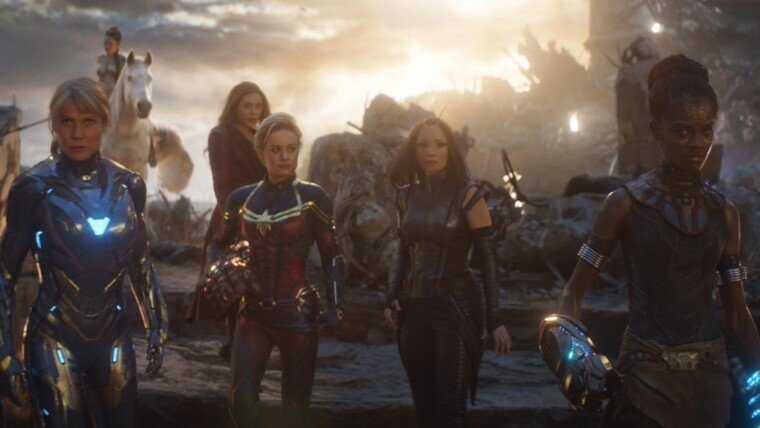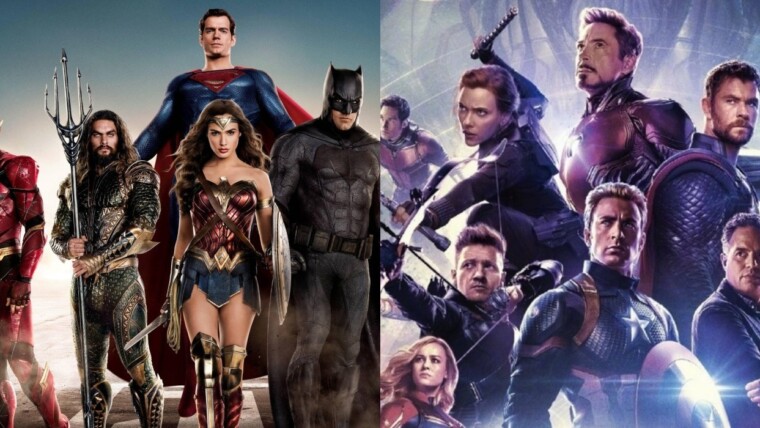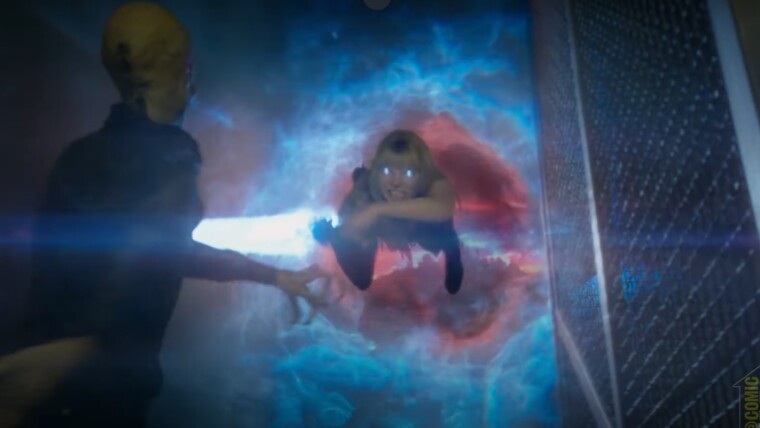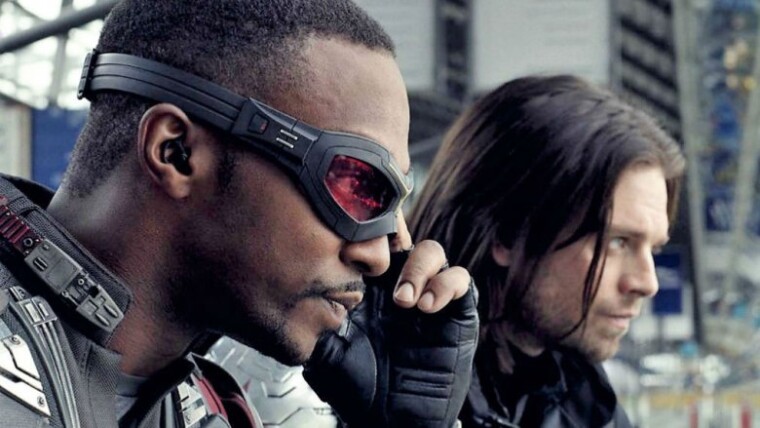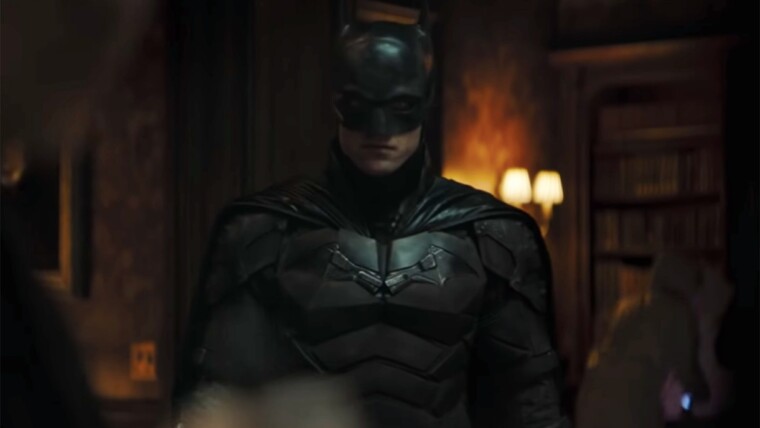“Mutation: it is the key to our evolution. It has enabled us to evolve from a single-celled organism into the dominant species on the planet. This process is slow, and normally taking thousands and thousands of years. But every few hundred millennia, evolution leaps forward.”
In case you were wondering, these were Sir Patrick Stewart’s opening lines in the 2000 summer blockbuster hit, X-Men. The 20th Century Fox superhero outing is celebrating its 20th anniversary this month. My… what a leap forward it has been for the franchise and all of superhero cinema!
The turn of the millennium was all sorts of wack for comic-book superhero capers. If you had a DeLorean that could travel back to 1997 and you could ask the residents of 90s city what was the first thing that came to mind with the words “superhero” and “movie”, I bet you it wasn’t Iron Man’s arc-reactor powered boots. By Odin’s beard, Thor would have been a mystery minus a journey. Where was the tangled web of the Amazing Spider-Man in all of this? No… No. Ohhhh no…

Despite Tim Burton introducing his take on Batman with Michael Keaton in 1989, which saw a darker reinvention of Bruce Wayne and The Joker, the aftermath of that creation was batted on the cranium by the sleek suave of a Bat credit card and the sexy leather of a literal bat-ass. The 90’s was a time when the superhero movie was synonymous with a Joel Schumacher (*RIP) Batman movie OR a Fantastic Four adaptation that never made it into theatres. It was just costumed people in tights spewing corny and terrible lines.
Enter the X-. No, wait…
Enter Blade.
New Line Cinema’s Blade, released in 1998, was a bloody success. The Wesley Snipes feature roughly tripled its $45 million budget to earn just over 130 million dollars worldwide. It might not seem much, especially when comparing it to the mega-blockbuster franchises of today. However, judging by the reception of the audience toward a comic book property, it seemed like the world was ready for more. The only problem: Blade was rated-R, which seemingly created a lack of mainstream appeal among audiences as younger patrons could not watch it.
Now, enter the X-Men.
The mutants were enjoying the fresh fortune of a highly acclaimed 5-season run of the X-Men animated series. It was a show that was way ahead of its time, proving that cartoons could also tackle more mature themes along with juggling social issues within a compelling narrative. Characters like Wolverine, Prof X, Storm, Cyclops, Gambit, and Jubilee had all been kicking cartoon butt in that Saturday morning chillax slot, becoming household names within the family unit. Its popularity among its viewers was x-ceptional!

Believe it or not, before clawing its way to the big screens, an X-Men movie had been in development by Marvel for fifteen years. Did you know that James Cameron and Katheryn Bigelow had originally written a treatment for the mutants back in the early 90s and the film would have cast Bob Hoskins as James Howlett aka The Wolverine? Yeah. THE Uncle Bobby H who starred in Who Framed Roger Rabbit and also played Super Mario. Oh, and Storm would have been played by Angela Bassett (now playing a Wakandan herself in Marvel Studios Black Panther). Man, these were interesting times.
Needless to say, Marvel was hard at work, courting various studios for the project. Orion Pictures was the first, followed by Carolco, Columbia Pictures (man, imagine a Sam Raimi Spider-Man/X-Men shared universe), before settling on 20th Century Fox, who gobbled up the film rights in 1994. A myriad of writers was then hired to pen a script, with the initial ideas ambitiously attempting to adapt the source material. We’re talkin’ 8-foot tall Sentinels attacking NYC. The Danger Room. Angel. Beast. The X-Copter. Cyclops butting heads with Wolverine. Wolverine spicing things up with Storm. Jean Grey as The Phoenix. No proper villains until the second film. It was vivid and wild.
Four years passed and Fox could not single out a script that they liked. Although they had hired The Usual Suspects director, Bryan Singer, alongside Bill and Ted scribe, Ed Solomon, the project was still moving slothfully. It wasn’t until Marvel’s Chris Claremont busted in with a four-page memo and garnished it down with a salt-bae move that the gears finally began to turn. In the document, Claremont detailed the key concept of the mutants and what set these characters apart from the rest of the Marvel library.
Subsequently, Singer and Solomon perfected their script, infusing what they believed had been lacking in erstwhile pitches. They cited that the ideological clash between the leaders of the two mutant factions had not been taken seriously, and as such was an important element in their version. Besides, the character, Rogue, was placed front and centre, with Singer explaining her inability to be touched by mortals being symbolic of societal alienation. After a couple more conceptual changes, the mutants were ready to be kneaded and baked in the oven.
And so, X-Men x-ecuted its plan. Sniktt! Blam!! Kapow!!!

The film opened on the 12th of July, 2000 on Ellis Island (where the film’s climax takes place) before opening wide in several other regions two days later. The movie received generally positive reviews from critics, praising its ensemble cast and narrative focus. It then went on to earn $296 million worldwide. Without a doubt, a new era had been born. The Children of the Atom had risen and were here to stay.
X-Men did make an impression on the new millennial audience. It was cool, fresh, and vivacious in its conception, consolidating what was known about the team from the comics and the animated shows into a full-length feature film. The X-Mansion and its utilisation as a “School for Gifted Youngsters” soon found its place in pop-culture as well. Furthermore, the film featured the very first appearance of Marvel Comics legend, Stan Lee, in a theatrical Marvel film, something that would continue to be a running gag in subsequent outings from the studio.
Hugh Jackman’s performance as Wolverine was an instant hit despite him not having that short, stocky build that the berserker originally had. Other characters like Mystique also had memorable imprints due to the extremely detailed blue prosthetic work on Rebecca Romijn. Charles Xavier and Erik Lehnsherr were also beautifully brought to life by Patrick Stewart and Ian McKellen respectively, with their characters remarkably channelling a Malcolm X/Martin Luther King conflict to create a three-way ideological battle between mutant-kind and mankind.
If we were to judge the 2000 movie by today’s standards, undoubtedly there are some aspects which haven’t aged quite as well, namely in terms of visual effects, costume designs and some segments of the script. Tyler Mane’s Sabertooth was essentially a wrestler in a fur coat and black contacts because that’s what it really was. While some effects such as Mystique’s doppelganger transformations are actually pretty impressive, the Senator Kelly body horror scenes do not have the same effect. To address the latter point, you have this goopy line by Halle Berry’s Storm to end all comic-book one-liners.

“The same thing that happens to everything else.” Yes, that makes perfect sense, Storm.
Now, as we all know, Fox did not just make one successful movie and then leave the property to become a dust bunny, because you know, that’s where the moolah was. Singer began working on a sequel, X2, which released in the summer of 2003. It was similarly well-received for its expansion upon the world and upon its characters, particularly with regards to Jackman’s role. And then came a third movie which… uhh… never mind.
Nevertheless, after the success of the 2000 mutant x-travaganza, studios began seeing it as a lucrative opportunity as audiences began to warm up to costumed superheroes… again. Several other key Marvel properties began the development process. Spider-Man, Hulk, Daredevil, and the Fantastic Four were all getting their very first silver-screen appearances (yup, 90’s Fantastic Four does not count because it was never given a theatrical release). With the exception of Sam Raimi’s Spider-Man film which went on to gross over $800 million worldwide, the latter three were not very memorable – although I would argue that Fantastic Four did have its own charm and uh… (blushes*) Jessica Alba.
At this point, studio features were noticeably campy, but couldn’t quite replicate the successful dynamic of X-Men. The early 2000s weren’t exactly clear as ice as studios were still testing the waters. The balance between comic-book giddiness and compelling character-driven narratives had not yet been found. Ben Affleck’s Daredevil was just a misguided mess and Ang Lee’s Hulk just didn’t quite resonate with audiences. And if you count Halle Berry’s DC side project…. well, the less said about it, the better.
It wasn’t until the success of Christopher Nolan’s Batman Begins and The Dark Knight, along with Marvel Studios’ Iron Man that comic-book movies became that one jam on the radio. People just couldn’t get enough of them! The X-Men franchise similarly experienced a revitalisation in this modern era as a fresh timeline was explored with new actors. James McAvoy and Michael Fassbender portrayed younger versions of Professor X and Magneto in Matthew Vaughn’s First Class and later crossed over with the original cast in 2014’s time-travelling feature, Days of Future Past.

Without a doubt, the MCU had blown up into an unstoppable juggernaut by the mid-2010s, but the Fox had its own X-Men universe set to expand, with spinoffs and solo films coming out in succession. Hugh Jackman lunged his claws forward with three attempts at a solo film. The first two were pretty meh. Nevertheless, his final performance as the clawed mutant set a new bar for the X-franchise and superhero films in general as Logan ripped apart whatever was holding Jackman back and focused heavily on his character to create an emotionally driven narrative that was lauded by many. On the other hand, another red-clad figure in the form of Ryan Reynold’s Deadpool found the lucky charm with an R-rated bout that proved its rating could still be a draw for cinemagoers.
Nonetheless, the ensemble films decreased in quality, beginning with 2016’s Apocalypse. Said movie featured a poor rendition of one of the X-Men’s most fearsome villains. It just wasn’t a good follow-up to Days of Future Past. Dark Phoenix which premiered three years later was even worse as it meandered on its plot, never truly attaining its true potential. It just felt like a rushed senseless pile of mumbo jumbo.
Of course, the mutant franchise was effectively ended when the overlords at the Walt Disney Company announced that they were buying the entire entertainment division off of 21st Century Fox. Any projects that Fox had been developing were halted which included the Gambit movie with Channing Tatum, X-Force, a Kitty Pryde film, and Alpha Flight. Oh, how much more could have been…
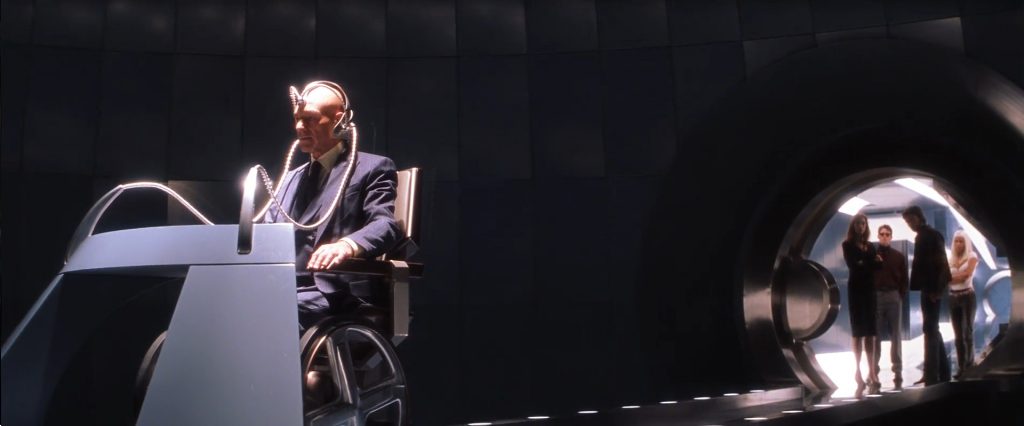
So, as we take a look back at the 20-year history of this franchise and the movie that started it all, without a doubt, it has cemented its legacy as a visionary take on superhero cinema. The first class which included the likes of Professor X, Storm, Wolverine, Cyclops, and Jean had paved the way for more mutants and other comic book characters to jump from the vividly coloured pages to the brightly lit screen. It also posited that there could be a serious complexity of a social discussion within a world of less-than-realistic characters, something that has continued to evolve over films like Civil War, Black Panther, and even Infinity War.
The X-Men franchise may not have been the most consistent in terms of quality, but one thing is for certain. If it wasn’t for X-Men, the world would not have discovered a beloved Wolverine in the form of Hugh Jackman. If it wasn’t for X-Men, we wouldn’t have gotten all those adorably charming Stan Lee cameos that we excitedly point out to our popcorn partners. If it wasn’t for X-Men, we would probably have to wait longer for superhero films to gain traction.
Mutation: it was the key to a new form of storytelling. It had enabled superheroes to evolve on the silver screen and to gradually gain mainstream traction. This process was slow and took decades upon decades. But at the turn of the millennium, evolution leapt forward…
X


